What are smart home AI gadgets? They are the cutting-edge devices that infuse artificial intelligence into everyday living, transforming homes into intuitive, efficient, and secure sanctuaries. In 2025, smart home AI gadgets leverage advanced algorithms to anticipate needs, streamline tasks, and enhance comfort, making them indispensable for modern households.
Contents
What Are Smart Home AI Gadgets?

Smart home AI gadgets are intelligent devices embedded with artificial intelligence that enable homes to perform tasks autonomously, adapt to user preferences, and optimize environments. Unlike traditional smart devices that rely on manual commands or pre-set schedules, smart home AI gadgets use machine learning, natural language processing, and sensor data to make real-time decisions. These gadgets range from voice-activated hubs to AI-driven appliances, all designed to enhance convenience, security, and sustainability.
The defining trait of smart home AI gadgets is their ability to learn and evolve. For example, a gadget might analyze your daily routine to adjust lighting or predict when to start the coffee maker. Powered by platforms like Amazon Alexa, Google Home, or proprietary AI ecosystems, these devices integrate seamlessly via protocols like Matter, ensuring compatibility across brands.
In 2025, with over 500 million smart homes globally, smart home AI gadgets are more accessible, catering to diverse needs—from urban renters seeking compact solutions to families prioritizing security. Understanding their core and emerging forms reveals why they’re revolutionizing home life.
Core AI-Powered Smart Home Essentials
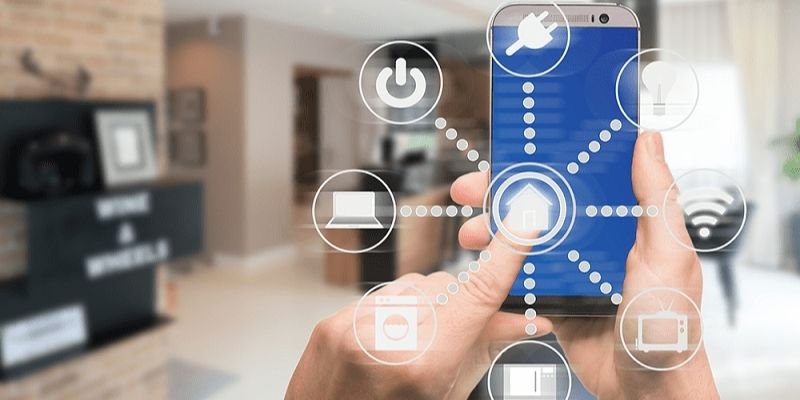
Several smart home AI gadgets form the backbone of a connected home, offering foundational functionality that enhances daily living. These essentials are critical for anyone building a smart home in 2025.
AI Voice-Controlled Hubs
Devices like the Amazon Echo Studio or Google Nest Hub Max are central to smart home AI gadgets, acting as command centers. Equipped with advanced natural language processing, they interpret complex voice requests, such as “Prepare the house for movie night,” by dimming lights, lowering blinds, and queuing a playlist.
Their AI learns vocal nuances and user habits, offering personalized responses, making them indispensable for hands-free control.
Smart Thermostats with AI
Thermostats like the Ecobee SmartThermostat Premium use AI to optimize climate control.
By analyzing occupancy patterns, weather data, and user preferences, they adjust temperatures for comfort and efficiency, reducing energy costs by up to 25%. These smart home AI gadgets integrate with voice assistants and apps, allowing remote adjustments, ensuring your home is always at the perfect temperature.
AI-Powered Security Cameras
Cameras like the Blink Outdoor 4 incorporate AI for facial recognition and behavioral analysis, distinguishing between familiar faces and strangers.
They send real-time alerts with video clips and can trigger actions, like locking doors if a threat is detected. As key smart home AI gadgets, they provide robust security with minimal user intervention, ideal for busy households.
Smart Locks with AI
Devices like the Yale Assure Lock 2 use AI to manage access based on user patterns. They unlock automatically via geofencing when you approach or send alerts if an unrecognized phone is detected.
These smart home AI gadgets enhance security and convenience, eliminating the need for physical keys while integrating with broader smart home systems.
These core smart home AI gadgets create a foundation for automation, security, and energy efficiency, serving as the starting point for a connected home. Their AI-driven capabilities ensure they adapt to your lifestyle, making daily tasks effortless.
Emerging AI Innovations for Enhanced Living

Beyond essentials, 2025 introduces groundbreaking smart home AI gadgets that push the boundaries of innovation, offering enhanced functionality and luxury. These emerging devices elevate the smart home experience to new heights.
Smart mirrors, like the Capstone Connected Mirror, are rising stars among smart home AI gadgets. Equipped with AI, they analyze skin conditions to suggest skincare routines, display fitness metrics, or overlay AR clothing try-ons. Integrated with voice assistants, they show schedules or news while you get ready, blending utility with elegance in bathrooms or dressing areas.
Compact robots, such as the Samsung Ballie, are redefining smart home AI gadgets. These AI-powered companions patrol homes, monitor air quality, or project video calls onto walls. They learn household routines to perform tasks like feeding pets or vacuuming specific areas, offering a futuristic blend of mobility and intelligence.
Smart ovens and refrigerators, like LG’s InstaView ThinQ, use AI to revolutionize meal prep. Refrigerators track inventory, suggest recipes based on contents, and alert you to expiring items, while ovens adjust cooking settings for perfect results. These smart home AI gadgets streamline cooking, reduce food waste, and integrate with meal-planning apps for seamless kitchen management.
AI-powered wall panels, emerging in 2025, transform interiors by displaying dynamic art, controlling home systems, or projecting ambient lighting. They adapt to mood or time of day, creating immersive environments. As versatile smart home AI gadgets, they combine aesthetics with functionality, ideal for modern, minimalist homes.
These innovations showcase the evolving potential of smart home AI gadgets, introducing features that enhance convenience, creativity, and sustainability. They cater to tech enthusiasts and design-conscious homeowners, pushing smart homes into a new era of sophistication.

Adopting smart home AI gadgets requires strategic planning to maximize their benefits while avoiding common pitfalls.
- Identify priorities—security, energy savings, or entertainment—to choose relevant smart home AI gadgets. For instance, if safety is key, prioritize AI cameras and locks; for efficiency, focus on thermostats and lighting. Tailoring your setup ensures gadgets align with your lifestyle.
- Opt for devices supporting the Matter protocol to guarantee interoperability across brands. Check if gadgets integrate with your preferred platform, like Alexa or HomeKit, to create a cohesive ecosystem. This prevents issues like a smart lock not syncing with your hub, streamlining your smart home AI gadgets experience.
- Begin with core gadgets, like a voice hub or thermostat, to learn their functionality before adding complex devices like robotic assistants. Gradual expansion minimizes overwhelm and lets you master each smart home AI gadget’s features, building a robust system over time.
- AI gadgets collect data, so choose devices with end-to-end encryption and regular firmware updates. Set strong passwords and enable two-factor authentication for apps controlling smart home AI gadgets. This protects your privacy and ensures a secure smart home.
- Join forums like Home Assistant’s community or follow tech influencers on platforms like X to learn about new smart home AI gadgets and troubleshooting tips. User reviews and setup guides can help you optimize devices, making adoption smoother.
By following these strategies, you can confidently integrate smart home AI gadgets into your home, creating a system that’s efficient, secure, and tailored to your needs.
They are the intelligent devices that redefine home living, from AI voice hubs and security cameras to innovative mirrors and robotic assistants. To Home Gadget Digest, by leveraging advanced algorithms, these smart home AI gadgets deliver convenience, security, and sustainability, making them essential for 2025’s connected households.




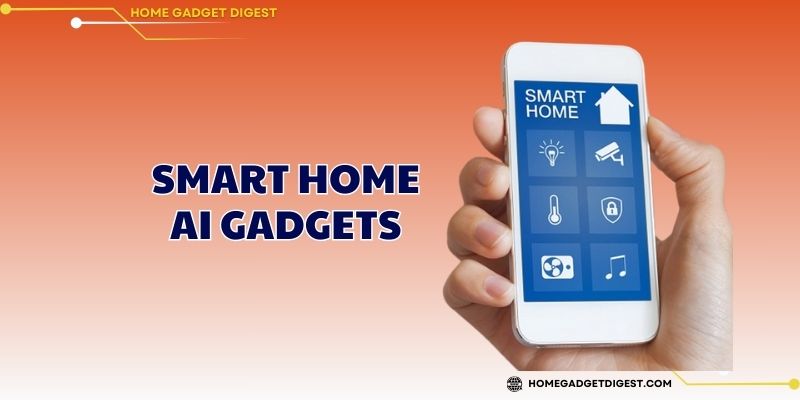

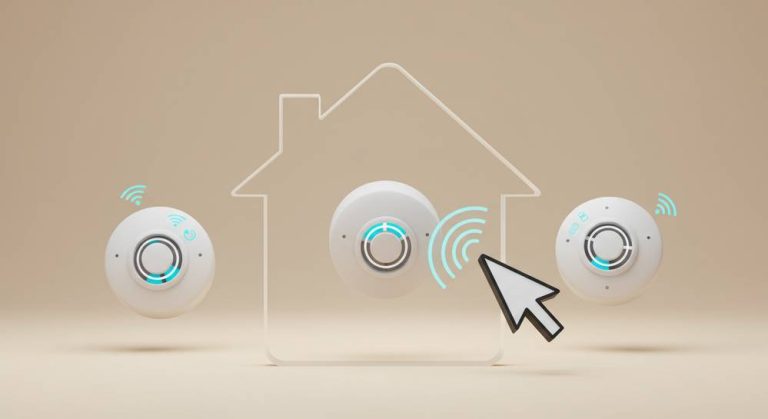
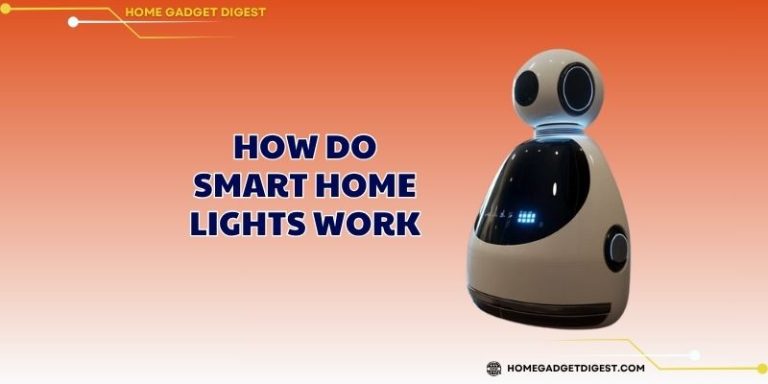





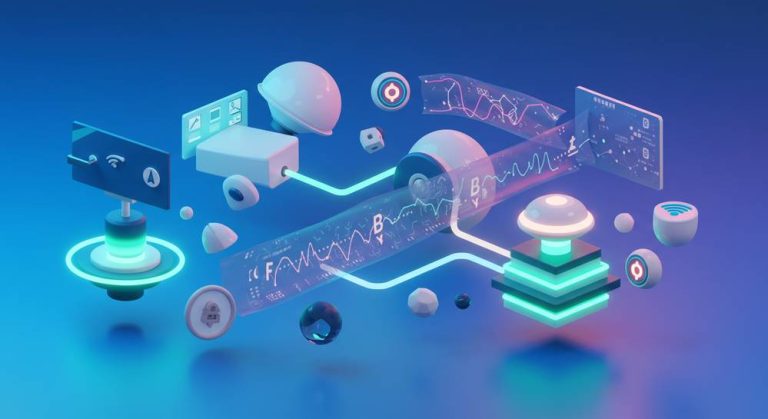
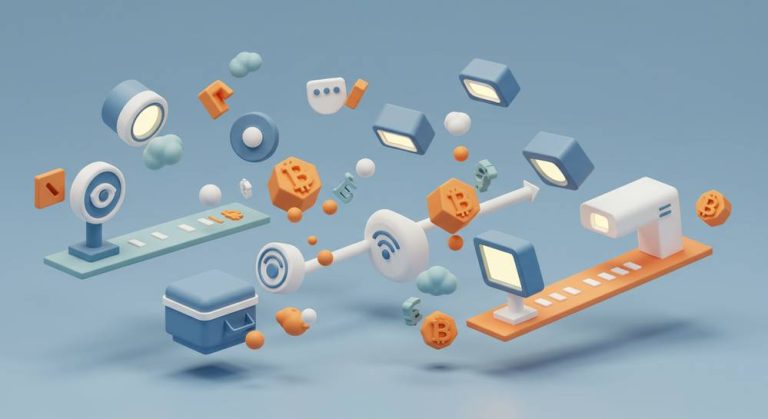

+ There are no comments
Add yours